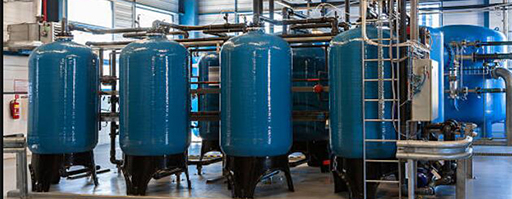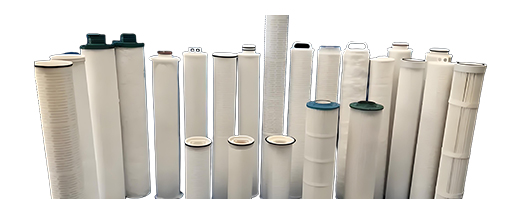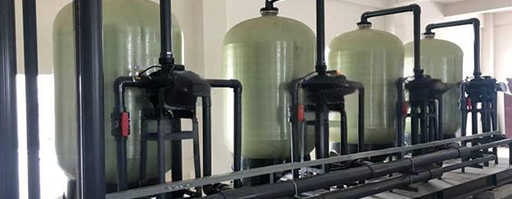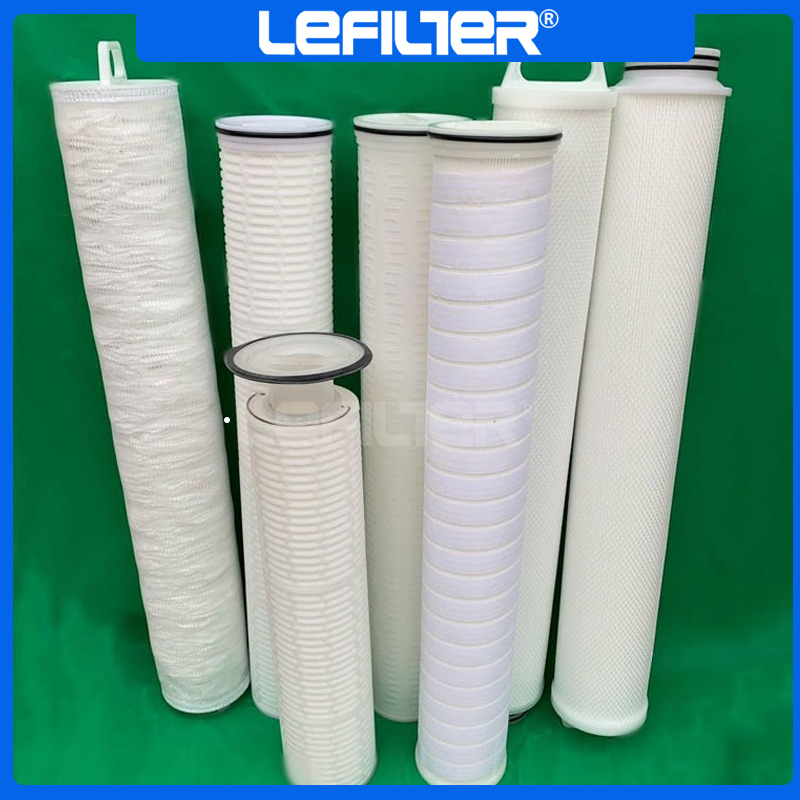High-Flow Filter Cartridges: Transforming Industrial Filtration Through Innovative Engineering
Introduction
The filtration landscape in petroleum and chemical processing has undergone a significant transformation in recent years, driven by increasingly stringent environmental regulations and growing operational cost pressures. At the heart of this transformation lies a technological breakthrough that is redefining efficiency standards: the advanced high-flow filter cartridge. These sophisticated filtration solutions represent a fundamental departure from conventional approaches, offering unprecedented performance in handling the most challenging produced water applications while delivering substantial economic benefits.
Understanding the Technical Evolution
Traditional filtration systems have long relied on quantity over quality - utilizing multiple standard-sized cartridges to achieve required flow rates. This approach inevitably creates operational inefficiencies, including substantial maintenance requirements, significant space utilization, and inconsistent performance. The engineering philosophy behind high-flow cartridges addresses these limitations through intelligent design that maximizes filtration efficiency while minimizing operational complications.
The fundamental innovation lies in the strategic optimization of the filtration surface area. Through precision engineering of pleat density and distribution, modern high-flow cartridges achieve an optimal balance between flow capacity and contaminant retention. This sophisticated design approach ensures uniform flow distribution across the entire media surface, preventing channeling and maximizing the utilization of available filtration area. The result is a dramatic increase in dirt-holding capacity and extended service intervals that can transform operational economics.
Advanced Media Technology for Demanding Applications
The core differentiator of premium high-flow cartridges lies in their multi-layered media architecture. Unlike conventional single-layer designs, these advanced systems incorporate progressively finer filtration stages within a unified structure. This graded-density configuration enables systematic contaminant removal, beginning with larger particulates at the outer layers and progressing to sub-micron filtration at the core. Such sophisticated media engineering is particularly effective in handling the complex contaminant profile typical of oilfield produced water, where both suspended solids and emulsified hydrocarbons must be addressed simultaneously.
Material science plays an equally crucial role in cartridge performance. Modern high-flow elements utilize engineered polymers and composite materials specifically formulated to withstand the harsh chemical environments encountered in petroleum processing. These materials demonstrate exceptional resistance to hydrocarbon degradation, pH variations, and temperature fluctuations, ensuring consistent performance throughout the operational lifecycle. The structural integrity of these cartridges maintains filtration efficiency even under significant differential pressure conditions, preventing media migration and ensuring consistent effluent quality.
Operational Excellence and Economic Impact
The implementation of high-flow filtration technology delivers measurable benefits across multiple operational parameters. Maintenance requirements undergo a dramatic reduction, with service intervals extending from weeks to months in many applications. This reduction in frequency translates directly to lower labor costs, decreased system downtime, and reduced exposure to operational hazards. The consolidation of filtration capacity into fewer, larger elements also simplifies maintenance procedures and reduces inventory complexity.
From an economic perspective, the total cost of ownership analysis consistently favors high-flow technology. While the initial investment per cartridge may be higher, the extended service life and reduced maintenance requirements typically result in significant cost savings over the operational lifecycle. Additional economic benefits emerge from reduced waste disposal volumes, lower energy consumption due to optimized pressure drop characteristics, and decreased inventory carrying costs.

Application-Specific Engineering Solutions
The versatility of modern high-flow cartridges enables their deployment across diverse operational scenarios. In water injection applications, they provide the consistent filtration quality necessary to maintain reservoir integrity and injectivity. For discharge compliance, they offer reliable removal of suspended solids and dispersed oils to meet regulatory requirements. The technology's adaptability also extends to various stages of the treatment process, from primary separation to final polishing.
System integration considerations have been central to the design evolution of high-flow cartridges. Compatibility with existing housing designs, simplified installation procedures, and standardized connection configurations ensure straightforward implementation in both greenfield and retrofit applications. This flexibility allows operators to upgrade their filtration capabilities without extensive system modifications, maximizing return on investment while minimizing implementation timelines.
Performance Validation and Quality Assurance
The reliability of high-flow filtration technology is supported by rigorous testing protocols and quality control measures. Premium manufacturers subject their products to comprehensive performance validation, including efficiency testing, life cycle analysis, and material compatibility verification. This empirical approach to product development ensures that performance claims are substantiated by reproducible data and real-world validation.
Quality assurance extends throughout the manufacturing process, from raw material selection to final assembly. Advanced manufacturing techniques, including automated pleating systems and precision welding technologies, ensure consistent product quality and performance reproducibility. This manufacturing discipline guarantees that each cartridge delivers the same high level of performance, providing operators with predictable and reliable filtration outcomes.
Future Directions and Continuous Improvement
The evolution of high-flow filtration technology continues to address emerging industry challenges. Current research focuses on enhancing removal efficiencies for challenging contaminants, including dissolved hydrocarbons and fine particulates. Material science innovations aim to extend chemical compatibility and temperature resistance for increasingly demanding applications. The integration of smart monitoring capabilities represents another significant development frontier, enabling predictive maintenance and optimized service scheduling.
Environmental considerations are also driving technological advancement, with increased emphasis on sustainable materials and end-of-life recyclability. These developments align with the industry's broader sustainability objectives while maintaining the performance standards required for critical filtration applications.
Conclusion
High-flow filter cartridge technology represents a paradigm shift in industrial filtration, offering a compelling combination of technical performance and economic efficiency. Their sophisticated engineering addresses the fundamental limitations of conventional filtration approaches, delivering superior results in the most demanding applications. As the industry continues to face evolving challenges, these advanced filtration solutions provide a robust platform for achieving operational excellence and environmental compliance.
The demonstrated benefits of extended service life, reduced maintenance requirements, and consistent performance make high-flow technology an essential consideration for any operation seeking to optimize its filtration strategy. With ongoing innovations and continuous improvement, these systems are poised to remain at the forefront of industrial filtration technology for the foreseeable future.


















